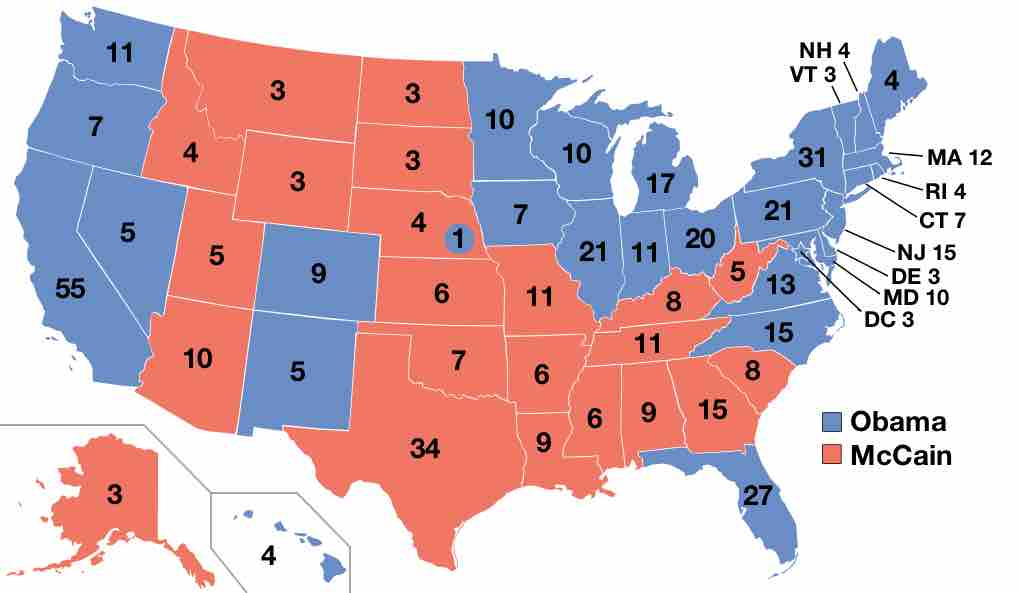Voter Turnout
Voter turnout is the percentage of eligible voters who cast a ballot in an election. After increasing for many decades, there has been a trend of decreasing voter turnout in most established democracies since the 1960s. Certain factors are leading to the decrease in the number of voters such as disenchantment, indifference, or contentment. Another contributor to lower overall turnout, is the larger percentage of the population who are simply not eligible to vote; non-citizens, incarcerated and non-self-registered individuals. Despite significant study of the issue, scholars are divided on reasons for the decline. Its cause has been attributed to a wide array of economic, demographic, cultural, technological, and institutional factors. There have been many efforts to increase turnout and encourage voting.
Reasons for Voting
In any large election the chance of any one vote determining the outcome is low. Some studies show that a single vote in a voting scheme such as the Electoral College in the United States has an even lower chance of determining the outcome. The Electoral College is an example of an indirect election, consisting of 538 electors who officially elect the President and Vice President of the United States. The number of electors is equal to the total voting membership of the United States Congress, 435 Representatives and 100 Senators, plus three electors from the District of Columbia. Other studies claim that the Electoral College actually increases voting power.

Electoral College
The Electoral College map shows the results of the 2008 U.S. presidential election. Senator Barack Obama (D-IL) won the popular vote in 28 states and the District of Columbia (denoted in blue) to capture 365 electoral votes. Senator John McCain (R-AZ) won the popular vote in 22 states (denoted in red) to capture 173 electoral votes. Nebraska split its electoral vote when Senator Obama won the electoral vote from Nebraska's 2nd congressional district; the state's other four electoral votes went to Senator McCain.

Voter Turnout in the United States
Graph of Voter turnout in the United States presidential elections from 1824 to 2008.
The Significance of Voter Turnout
High voter turnout is desirable, though the issue is still debated among political scientists and economists specializing in public choice. A high turnout is generally seen as evidence of the legitimacy of the current system. Dictators have often fabricated high turnouts in showcase elections for this purpose. For instance, Saddam Hussein's 2002 referendum was claimed to have had 100% participation. Opposition parties sometimes boycott votes they feel are unfair or illegitimate, or if the election is for a government that is considered illegitimate. For example, the Holy See instructed Italian Catholics to boycott national elections for several decades after the creation of the State of Italy. In some countries, there are threats of violence against those who vote, such as during the 2005 Iraq elections. However, some political scientists question the view that high turnout is an implicit endorsement of the system. Mark N. Franklin contends that in European Union elections opponents of the federation, and of its legitimacy, are just as likely to vote as proponents.
Assuming that low turnout is a reflection of disenchantment or indifference, a poll with very low turnout may not be an accurate reflection of the will of the people. On the other hand, if low turnout is a reflection of contentment of voters about likely winners or parties, then low turnout is as legitimate as high turnout, as long as the right to vote exists. Still, low turnouts can lead to unequal representation among various parts of the population.
The decline in voting has also accompanied a general decline in civic participation, such as church attendance, membership in professional, fraternal, and student societies, youth groups, and parent-teacher associations. At the same time, some forms of participation have increased. People have become far more likely to participate in boycotts, demonstrations, and to donate to political campaigns.
Federal law restricts how much individuals and organizations may contribute to political campaigns, political parties, and other FEC-regulated organizations. Corporations and unions are barred from donating money directly to candidates or national party committees. Lobbyists often assist congresspersons with campaign finance by arranging fundraisers, assembling PACs, and seeking donations from other clients. Many lobbyists become campaign treasurers and fundraisers for congresspersons.